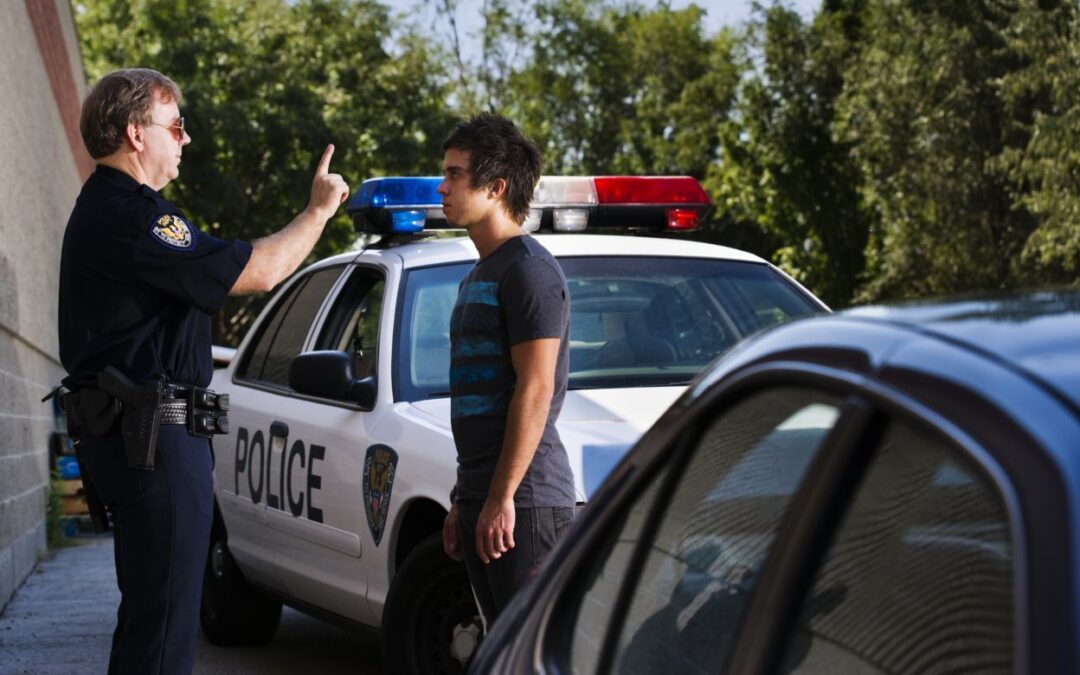It is a common occurrence for a police officer to stop a driver when they suspect any form of driving while impaired or under the influence of drugs. Studies have shown that this conduct is a major cause of traffic fatalities.
So, whenever police officers suspect this offense, signaled by erratic driving or traffic violations, they have the right to stop them. One of the exercises carried out to confirm their suspicion is performing a sobriety test.
However, as a driver, it is important to know your rights and as it relates to field sobriety to avoid undue mutilation and arrest. To know more about field sobriety tests, consult DWI defense websites.
What is a Sobriety Test?
Field sobriety tests are a series of exercises developed by the National Highway Traffic Safety Association (NHTSA) and administered by a police officer to a driver suspected of impaired driving. The result of the test informs the police officer whether or not to proceed with a DWI arrest. While performing these tests, the officer looks out for physiological responses associated with intoxication. Signs that a driver is intoxicated include the following:
- Impaired walking
- Lack of inhibition
- Feelings of confusion
- Euphoric or becoming very talkative
- Speaking or speech problems
Accuracy of Field Sobriety Tests
The standard field sobriety tests have indeed been found useful in DWI investigations. However, these tests are not 100 percent accurate, despite being approved by the National Highway Traffic Safety Administration. These field sobriety tests do not guarantee that a person is intoxicated. The most common factors affecting the accuracy of the test include:
- Improper test administration
- Health issues and medications
- Stress and anxiety
- Physical environment
Types of Field Sobriety Tests
There are several types of field sobriety tests. However, the National Highway Transportation and Safety Administration (NHTSA) has established three standardized sobriety tests. It claims they have been scientifically proven to help establish alcohol impairment. These tests are:
- One leg stand
- Walk and turn tests
- Horizontal Gaze Nystagmus (HGN)

One Leg Stand
The “one leg stand” field sobriety test, according to the name, requires the driver to raise a foot six inches above the ground at the request of the officer. He or she holds that position while counting.
During the exercise, the officer looks out for any form of hopping, swaying, and so on. When the driver is found wanting in these behaviors, the assumption is that they are under the influence.
Walk and Turn Tests
The “walk and turn” test is one of the most common of all field sobriety tests. It aims to assess the ability of the alleged offender to maintain balance while at the same time following instructions. This field sobriety test requires the driver to walk heel-to-toe along a straight line and back to their starting point, following the same route. The moment the individual falls off the line and fails to return through the same route or turns incorrectly, he or she is considered to have failed the test.
Nystagmus Tests
This type of field sobriety test is directed at testing the eye’s involuntary movements of the alleged offender. Intoxication weakens one’s ability to control their muscles, and this can be seen in the back-and-forth flicker and twitch of their eyes. This movement, usually horizontal, is known as nystagmus, hence the name Horizontal Gaze Nystagmus (HGN).
The HGN is perhaps the most widely used and effective of all sobriety tests. For this exercise, law enforcement holds an object at the eye level of the alleged offender and swings back and forth. The alleged offenders are instructed to keep their heads still while performing the exercise. The officer examines each eye for the presence of nystagmus.
Final ThoughtsWe hope our blog post has helped you know about three common field sobriety tests. It is also important to aware of the consequences of driving under the influence.









